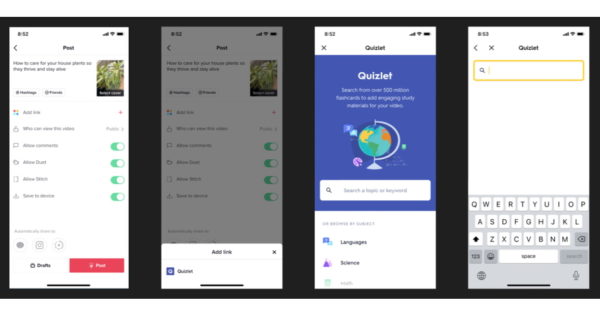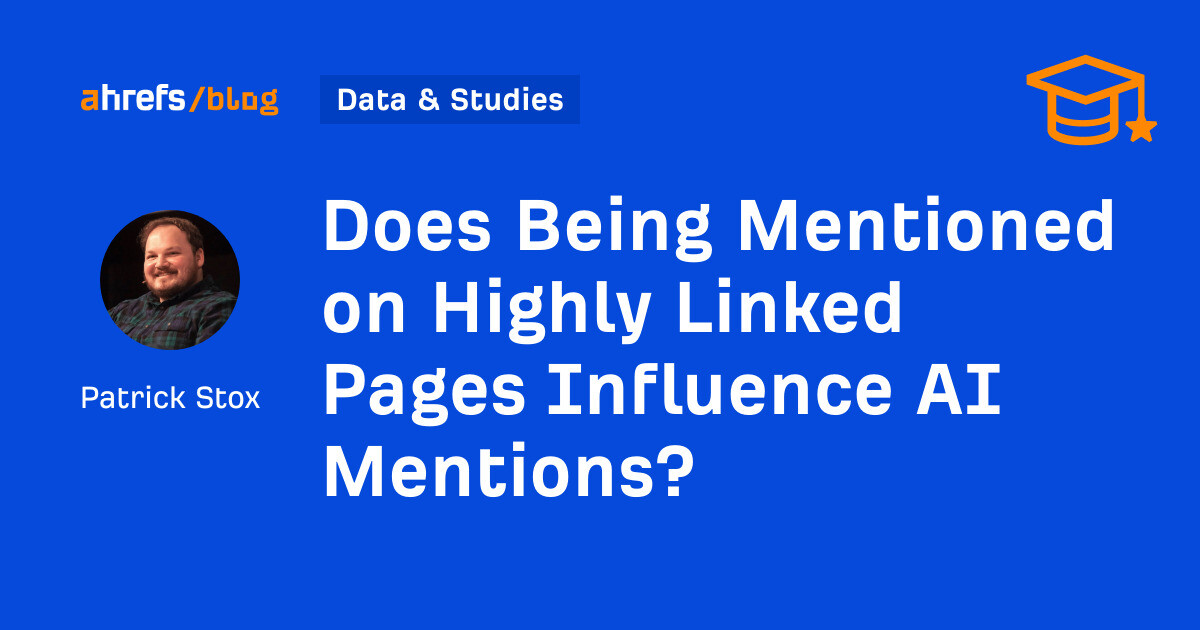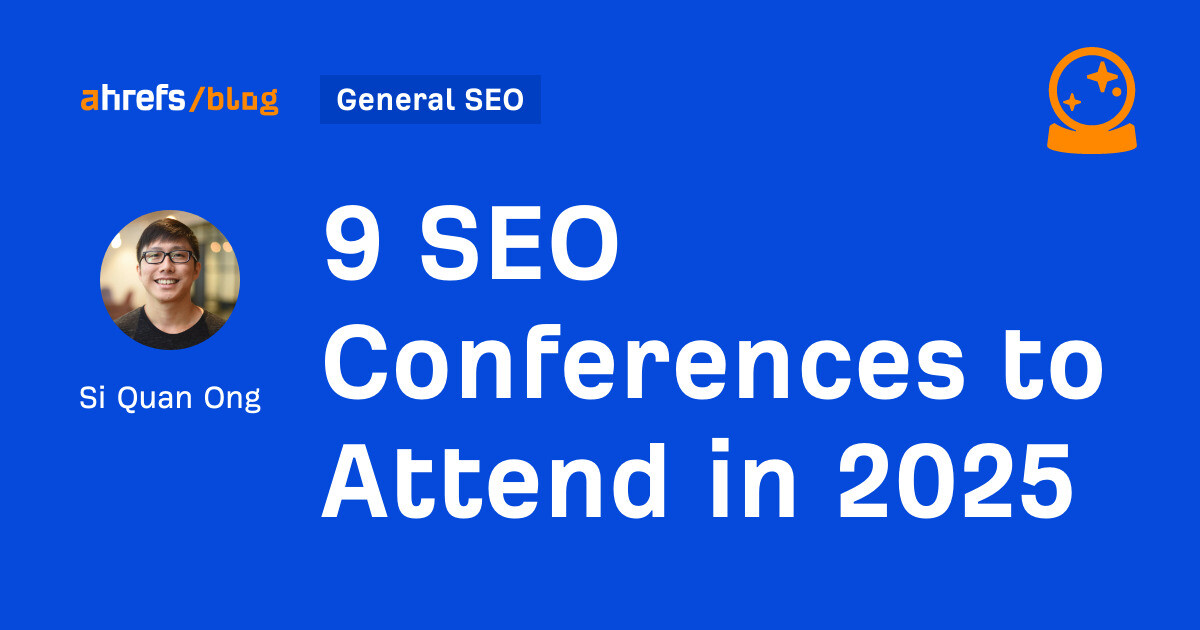Google repays advertisers after report of low-quality ads
Some ad agencies report receiving credits for video ads that ran in places and formats they did not expect.

Google is issuing refunds to some advertisers to fix billing discrepancies, according to multiple ad execs, a little over a month after a harsh report claimed to find low-quality ad inventory running through the Google Video Partner Program, which places YouTube-style ads on third-party sites.
“Some clients got refunds,” one ad agency executive told Ad Age, speaking on condition of anonymity. “Some individual clients” are expecting refunds, according to a media holding company executive, who also spoke on condition of anonymity.
Related: Google video ads face doubts
A Google representative said that the company had been talking to advertisers and their agencies, but called the refunds a common practice, without saying they were directly related to the report from independent ad measurement firm Adalytics about below-standard ad placements.
“As part of ongoing relationship building, we sometimes issue credits to advertisers, this is not uncommon,” a Google spokesperson said in an email to Ad Age. “As we’ve stated repeatedly, Adalytics used a flawed methodology to make wildly inaccurate claims about Google Video Partners.”
Adalytics in its report said that it uncovered video ad campaigns from major brands appearing on clickbait websites and that the ads were playing in ways that didn't meet Google’s standards of viewability. The ads identified within the report were sometimes auto-playing on mute in the corner of a website, where it would be hard to get the attention of a consumer. Google’s standards for Google Video Partner Program are that viewers need to start the video with an intentional click, the videos should not automatically play and they should have the sound on.
The Adalytics report sent ad agencies scrambling to look back at past campaigns to see whether they could spot instances in which ads appeared on sites or in formats that fell short of the standards they expected. One ad agency executive told Ad Age that the process was difficult because it required arduous manual scrutiny of data. The ad exec said the scope of the problem was close to what Adalytics initially reported.
Google has denied the report accurately reflected the nature of the Google Video Partner program. Google has insisted that advertisers ultimately have total control to even appear on partner sites, since they can turn off that inventory in their campaign settings. There has been some confusion about that point because there is one type of ad, “video action ads,” which automatically enroll the advertiser to appear on third-party sites. In June, a Google rep said that even those ads could be controlled.
Ad Age Best Places to Work
Recognizing employers in advertising and marketing
Google has positioned the video partner program as a way to extend YouTube ad campaigns, giving brands the ability to run the skippable and clickable ads that run on YouTube, on what are supposed to be properly vetted websites. Adalytics claimed many sites in the program were “made for advertising” sites, which have a notorious reputation for clickbait.
The Adalytics report re-raised questions around the viewability of online ads, brands safety and transparency in reporting. The ad industry, through the Interactive Advertising Bureau, has been trying to set firm standards around “in-stream” ads, which are considered the top tier of inventory when compared to “out-stream.” To be considered “in-stream,” the inventory should run on sites “where video or in-app streaming content is the focus of their visit,” IAB said in guidelines issued last year. IAB also said that the “in-stream” video should play within video content, not just as a standalone video player with only the ad running. The distinction between “in-stream” and “out-stream” is an important one, because advertisers pay more for in-stream.
Google has not signed on to IAB’s standards, and a Google spokesperson declined to discuss the official policy.
Not all advertisers are worried about Google’s video program, because there is a range of inventory across formats. A number of ad agencies have told Ad Age that they were adept at controlling where they place ads on YouTube and tend to avoid Google Video Partner sites. “That’s when you buy way off network,” said one marketing executive at a major brand, speaking on condition of anonymity. “That’s when you deserve what you get. Not many Fortune 100 advertisers go there.”
Last week, Google did make a tweak to its video ad playbook by changing the official name of “in-stream” ads to “skippable ads.” A Google spokesperson said the name-change was conceived before the Adalytics report, and was unrelated to the report. Google made the change to distinguish the now-“skippable ads” from the 30- and 60-second ad formats that run on connected TVs.
Eric Hochberger, co-founder and CEO of Mediavine, an ad management firm for publishers, has been vocal in calling for the ad industry to adopt IAB’s standards for in-stream ads, which would cut down on shady impressions. Hochberger said Google’s name-change of its video ad products was “interestingly timed.”
“The industry is looking for transparency across the ecosystem,” Hochberger said, adding “it's just a name change and still does not follow the IAB's ad unit standards of clearly and correctly identifying in-stream and out-stream.”

Garett Sloane is Ad Age’s technology, digital and media reporter. He has worked in newspapers from Albany to New York City, and small towns in between. He has also worked at every advertising industry trade publication that matters, and he once visited Guatemala and once rode the Budapest Metro.

 AbJimroe
AbJimroe 

































